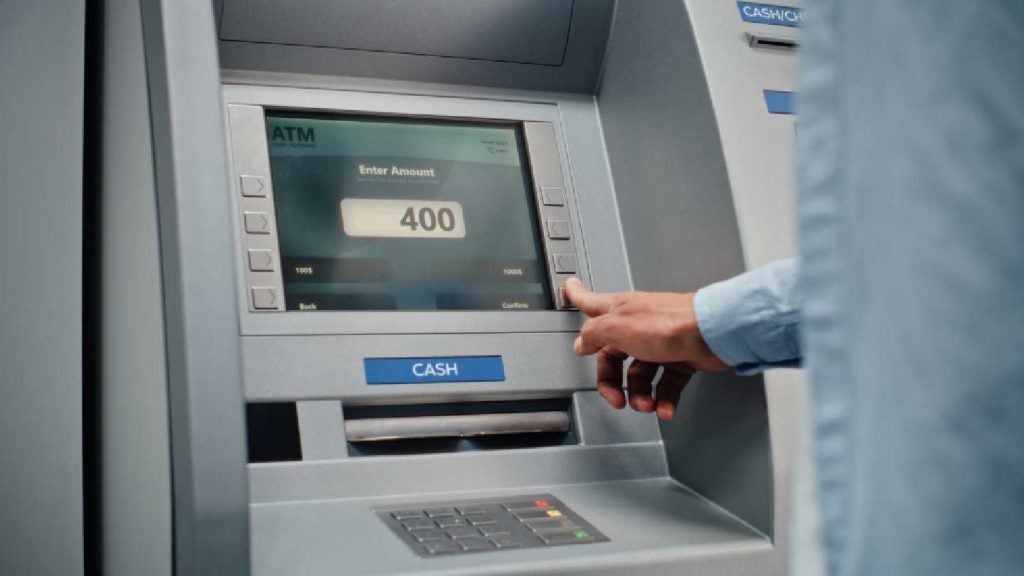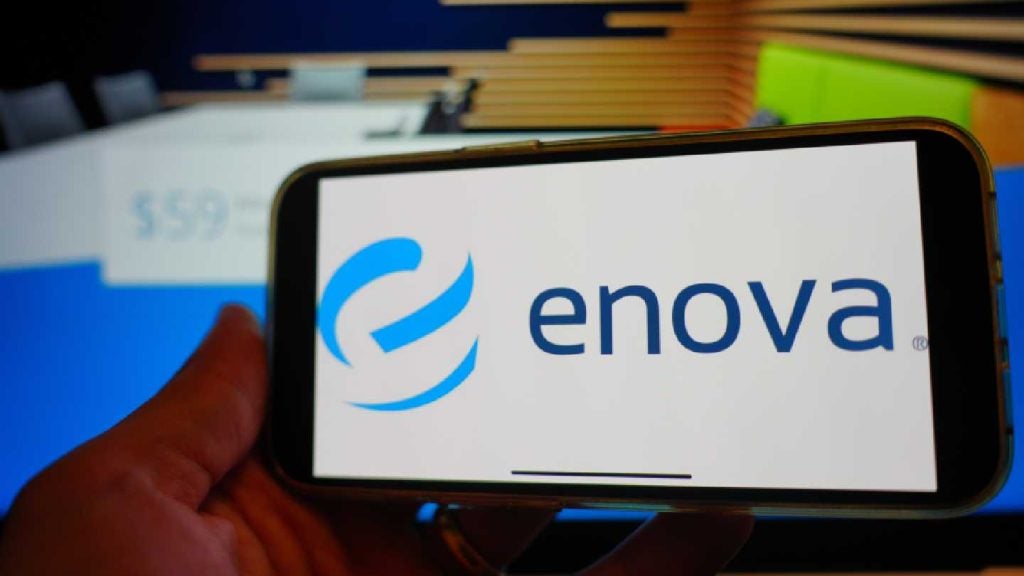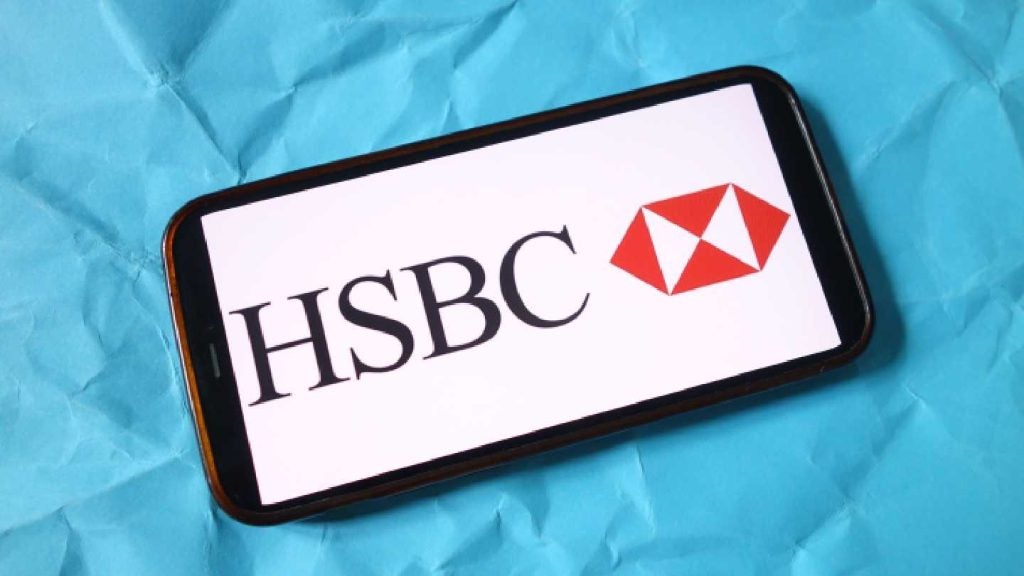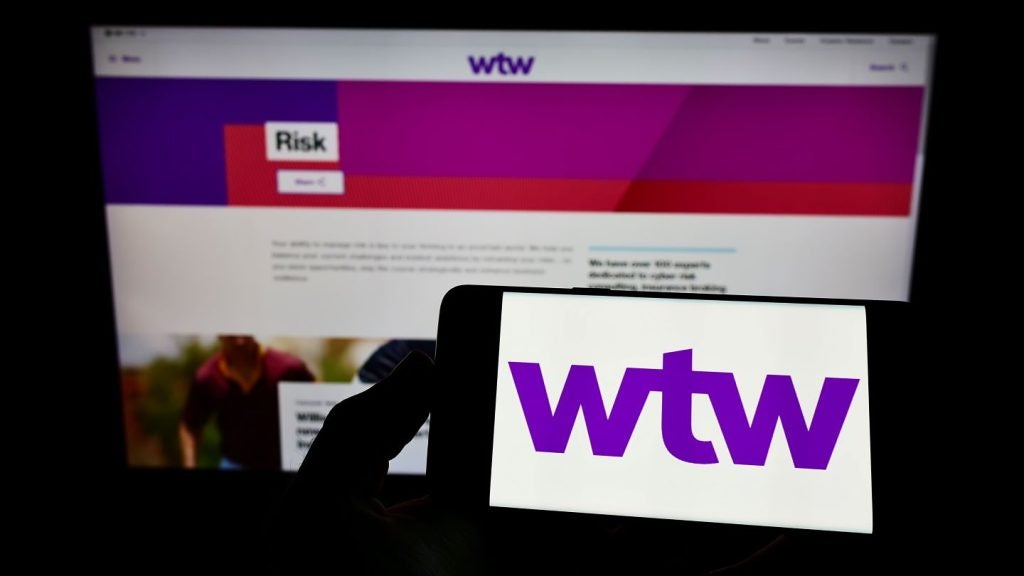
Created in early 2017, D-Rating describes itself as the first rating agency for companies’ digital performance. Its latest report studies and ranks European retail banks based on 500+ indicators measuring the performance of customer journeys, contact channels, features and banking offerings on digital channel. Douglas Blakey reports
The Covid pandemic has undeniably accelerated banking digital usage during the last few months. It has also served to highlight the level of digital readiness of the different market players. According to App Annie, the mobile data and analytics company: “The monthly time spent on mobile applications has increased by 40% in Q2 2020 as compared to the year prior”.

Access deeper industry intelligence
Experience unmatched clarity with a single platform that combines unique data, AI, and human expertise.
As for the banking sector specifically, digital rating agency D-Rating announced back in April 2020 that “the banks recording the highest level of traffic and engagement are the ones with the best rated mobile applications.”
There is a certain predictable laziness among many of the analyst community to conclude, on occasions with scant evidence, that the neobanks win any tech challenge with the incumbent banks.
So, it is of interest to consider D-Rating examination of 58 European retail banking brands, including a selection of click & mortar banks, online banks and neobanks.
The comparative digital proposition evaluation of the 58 brands has shed light on notable disparity in terms of performance. While a few click & mortar banks score as high as the top neobanks, others seem to lag behind in their customer relationship digital transformation.

US Tariffs are shifting - will you react or anticipate?
Don’t let policy changes catch you off guard. Stay proactive with real-time data and expert analysis.
By GlobalDataFull digital account opening in fewer than 60% of the EURO-58 click & mortar banks
The ability to open an account 100% online (i.e. without branch visit, postal correspondence or telephone call) represents an informative proxy of retail bank digitalisation So it will surprise many that a miserably low 59% of the 51 click & mortar banks in the study actually enabled full digital account opening in D-Rating’s mystery shopper exercise. Specifically, four banks demanded a postal correspondence, 9 banks required an in-person branch visit, while 15 banks needed a telephone call. By contrast, all of the ‘digital-only’ banks examined offer a 100% digital account opening experience.
In order to accelerate the availability of a bank card, neobanks offer a temporary virtual card that can be used immediately for online purchases while the physical card is on its way. On the other hand, only five of the 58 click & mortar banks offer this option. The average time needed to open an account fully and gain access to a card varies from less than a day to 25 days depending on the bank. This waiting time averages at 7 days for ‘digital-only’ banks and at 10 days for click & mortar banks.
Digital contact channels not yet fully integrated at all banks
Email and/or chat options are available at 83% of the 58 banks but ‘call-back’ services or internet calls are offered by only a small minority of the banks.
Web and/or app chatbots are available in the client’s private space with 48% of the 58 banks, but some of them have shown low effectiveness, which is a sign of a lack of grasp of the technologies deployed. Some 37% of the tested chatbots were not able to effectively address all of the test questions as part of D-Rating’s assessment process. Lastly, 67% of the 58 banks offer appointment scheduling via their websites and/or mobile apps, but only 21% of them offer a video call option.
Best of the click & mortar banks apps beat neobanks
With regards to mobile app features, D-Rating note large disparities among the banks that mainly focus on account management (e.g. UBI Banca in Italy) and those with the richest and most advanced features (e.g. BBVA in Spain, which surpasses N26 in this territory). The scope covered by the most comprehensive mobile apps is rather homogenous on features related to account management, personal finance management (PFM) and account aggregation, but the scope is more differentiated on card payment features, money transfer, biometric identification and on other features related to geo-localisation or document management.
Half of the 58 banks assessed offer account aggregation services on their web and/or mobile apps. A few banks go as far as using account aggregation open banking systems to allow customers to test the mobile apps with their banking data.
Account aggregation features may be becoming a new client acquisition and retention tool for click & mortar banks. Proportionally, click & mortar banks are more active on this specific topic than ‘digital-only’ banks. However, in the personal finance management (PFM) territory, spending alert features are seldom offered on mobile applications. Such features were observed with only 28% of the banks, mostly click & mortar banks.
Retail banks differentiate themselves (1) in the richness of features and the banking offering on digital channels and (2) the efficiency of digital customer journeys and contact channels.
In total, 14 click & mortar banks examined by D-Rating – Bankia, Banco Santander, BBVA, Belfius, BNP Paribas, Caixa Bank, FinecoBank, KBC, Lloyds, Nordea, Rabobank, Santander UK, Société Générale and Swedbank – differentiate themselves with an above average level of richness and efficiency, thus competing with the top neobanks.







